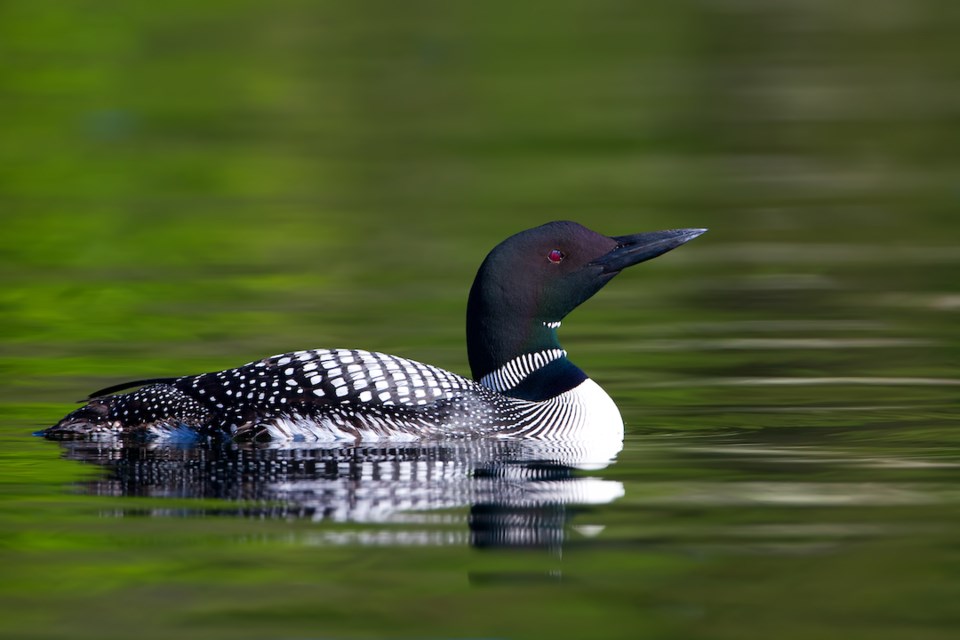Despite the late start to summer this year, we are now profiting at the back end with beautiful warm, sunny, early October days. This has little impact on migration dates for most species and 99.99 per cent of all our long-distance migratory songbirds have now departed the province, so do not expect to see any warblers (other than yellow-rumped), vireos (other than Hutton’s), flycatchers, Swainson’s thrushes or rufous hummingbirds. The good news is that they begin to reappear again in less than six months.
September sees the reappearance, often in small numbers, of our wintering birds, with populations increasing through October to the mid-winter highs. Birds move back to the Coast as winter takes hold on the Prairies and the North, as temperatures drop and lakes begin to freeze. Hence, by late September, a visit to the Roberts Creek jetty will produce the first common loons, the very earliest Pacific loons, and the first grebes (three species: horned, red-necked and western). Most of our common wintering ducks such as scoters, goldeneyes, and buffleheads only reappear in late October.
Late September, early October is the peak of the raptor migration season and there is a very significant movement of these species along the Sunshine Coast. The birds stick to mountain ridges where thermal air currents are generated, and the birds benefit in energy savings from the uplift supplied by the thermals. The right weather conditions: clear skies and a westerly flow, are required to observe the movement at its best. Birders have discovered the best viewing locations are beyond 8K on the Wilson Creek FSR (logging road). At its best, up to 50 birds per hour may be observed with as many as a dozen species involved over the season.
Down at sea level, some familiar species are more in evidence. Noisy Steller’s jays have returned to neighbourhood feeders. Less visible and audible are the two kinglet species. Golden-crowned kinglet, our smallest bird other than hummingbirds, are very abundant in conifers. The tiny birds have golden crowns but the flocks can be hard to observe among the branches. They are very vocal with a high-pitched chatter that is beyond the hearing range of many people, especially seniors. Ruby-crowned kinglets are fairly common and they do have a rarely seen red crown, but are unobtrusive LBJs, little brown jobs, that are usually solitary as they flit among shrubbery and trees.
One species to look for during this fall period is the pygmy owl. This tiny, towhee-sized owl is a fierce predator on small birds and mammals. They reappear at sea level in the fall and give away their location by singing an endless series of hoo or hoo-hoo notes, usually at dusk and dawn.
To report your sightings or questions contact [email protected] or 604-885-5539. Good Birding.



